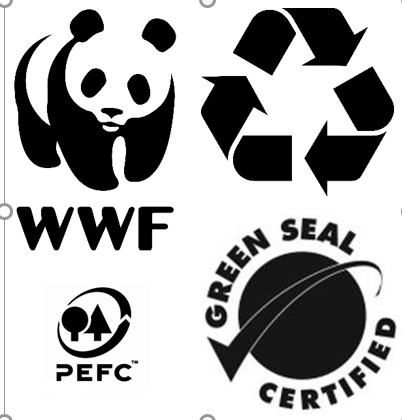
Among many other highlighted events, such as the Ukraine-Russia War, the growing EV sector, developments in the Metaverse, and the recent heatwave in India, 2022 has also brought about revolutionary green packaging technology. Following are Packaging Connections picks for 2022s’ most sought after innovations and designs in the sustainable packaging industry so far:
1. Tethered Caps
Tethered caps have been a game-changer; after the EU Directive 2019/204 comes into effect in July 2024, tethered caps will become the norm. The use of tethered caps is expected to increase the percentage of recyclate contained in plastic bottles.
This year has seen the emergence of many different designs with varying functionality. Market testing and acceptance rates will soon determine the widespread technology as well as look of the future.
Tetra Pak and Elopak have both launched their own tethered cap technologies and have also partnered with companies to initiate distribution in the retail space.
https://www.packagingconnections.com/news/pure-twistflip%E2%84%A2-hit-shelves.htm-0
2. Xeikon’s TITON Technology
TITON is a new toner formulation offering all the benefits of UV inks and is a sustainable solution to support the use of paper-based packaging for food products.
To learn more, read the entire new piece on the link below:
3. Novel Plant-Based Packaging
From cucumber peels, apple waste, and seaweed, sugar, and bananas, research and innovation have seen no bounds this year. An array of plant-based materials have been processed and tested to be used as packaging, and successfully so.
https://www.packagingconnections.com/news/turning-apple-waste-compostable-packaging-material.htm
https://www.packagingconnections.com/news/grass-replaces-plastic-take-away-food-packaging.htm
https://www.packagingconnections.com/news/papyrus-australia-produces-100-banana-food-packaging.htm
4. Dry Molded Fiber Technology
PulPac’s pioneering fiber forming technology has made it possible to make a unique coffee cup lid from the fiber. The dry process also saves significant amounts of valuable water resources and energy, resulting in up to 80% lower CO2 footprint compared to alternatives.
5. Gelatin-based Packaging
A study conducted by a research team called the Composites and Hybrid Nanocomposites Group (GCNH) at São Paulo State University (UNESP) in Ilha Solteira has produced an important contribution.
The researchers made their from type B bovine gelatin easily found in retail stores in the form of a colorless powder. Cloisite Na+ nanoclay was added to the gelatin to tweak the mechanical properties and vapour permeability of the biopolymer. A nanoemulsion made from black pepper essential oil was also added to improve the flavor and odor of the edible packaging.
6. Aluminum-free Packaging
The research is focused on a new, recyclable coating to replace the type of “metalized” packaging (which blocks out oxygen) that’s typically used for products such as crisps and coffee.
Initial results show that the coating has great potential for future use in packaging to protect food from oxidation.
No organic solvents are used and the packaging would be easy to recycle.
7. More Waste to Best
Nafici Environmental Research (NER) converts agricultural waste, including wheat straw, into EcoPulp; an alternative to wood-based pulps in the production of paper packaging materials.
NER’s patented process allows for EcoPulp, to be produced from waste that is often otherwise incinerated or left to rot, releasing CO2 into the atmosphere.
8. Recyclable Laminates, Labels, and Adhesives
Cast PP films for lamination, adhesives as well as magnetic inks for labels have come into existence that does not interfere with the recycling process of plastic articles.
To know more about each individual development, click on the links below:
https://www.packagingconnections.com/news/new-cast-pp-film-lamination-innovia-films.htm
https://www.packagingconnections.com/news/magnetic-ink-attracts-sustainable-solutions.htm
9. Supercritical Water Technology for Recycling
Supercritical water can be a solvent for all organic materials including plastics. Its gas-like penetration power makes it a superior medium to decompose mixtures of complex waste plastics into value-added materials, which are feedstock for manufacturing new plastics.
Stopford will use its substantial technology innovation and engineering expertise to further develop and scale the novel hydro-thermal process called CircuPlast, enabling the conversion of non-recyclable end-of-life plastics into high-value chemicals for use as feedstock for the plastics industry.
10. High-Pressure Technologies Enabling Carton Packaging
High-Pressure Processing (HHP), also called cold press processing, was previously only available for products packaged in plastic bottles. It is a food and beverage preservation method that guarantees food safety and achieves an increased shelf life, whilst maintaining the attributes of a fresh product.
The new technology from Hiperbaric has been specially developed using in-bulk technology so the product is processed before being packaged. Therefore, now juice can be processed and filled into any type of packaging, not just plastic bottles
We hope to see as much growth, development, and innovation in Quarters 2 and 3 of the year and share all the progress with our readers at Packaging Connections!







